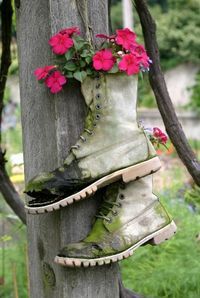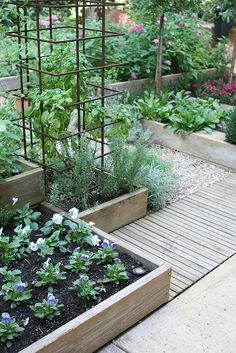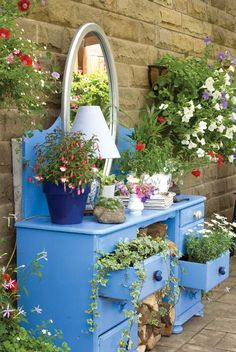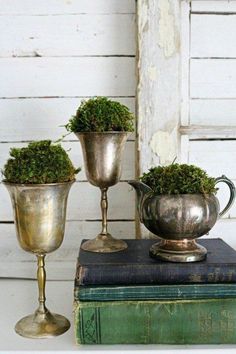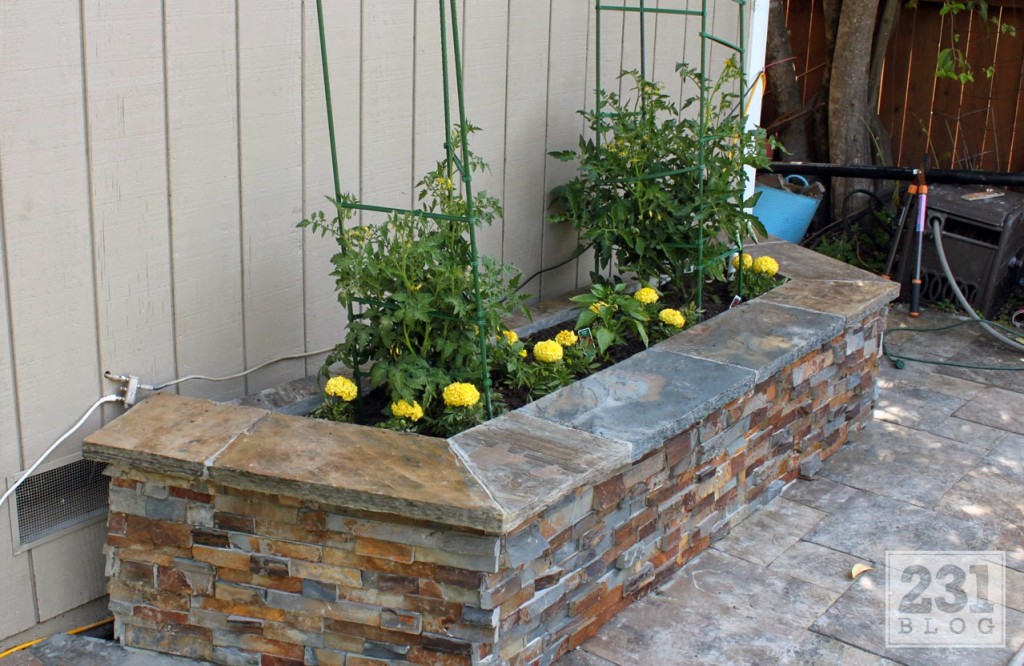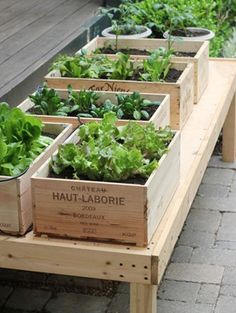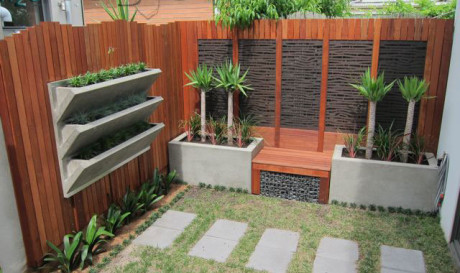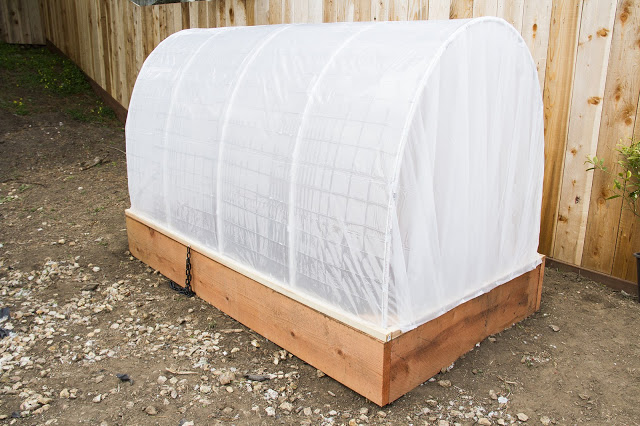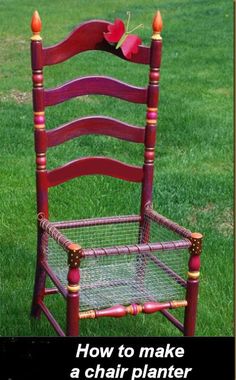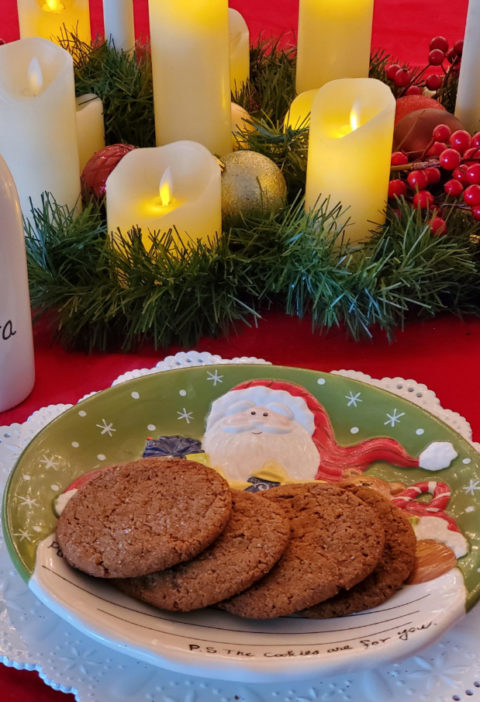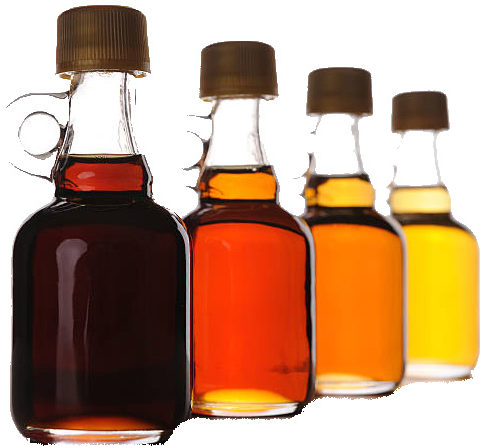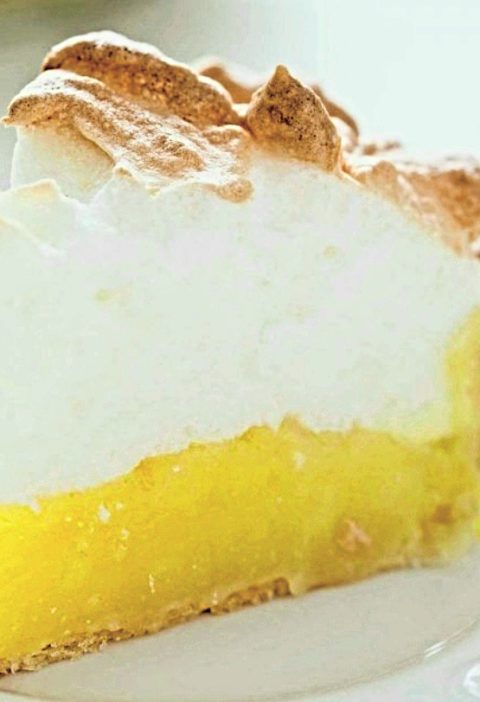When people think about farmers, they tend to think about older people. This is true, for every 6 farmers over the age of 65 there is only 1 under 35. There are groups that are trying to change that though and help young people be the farmers of the future. Enjoy this short film below on a group of young farmers in western Colorado and the group of donors who is helping them along.
HOW WE GROW_REDFORD SHORT from Tomas Zuccareno Photography on Vimeo.
A vignette of just one of the segments of our HOW WE GROW feature documentary film. This short was created with guidance from The Redford Center for a grant that we won from the RedfordCenter.org
There are truly people out there that believe that we don’t care about pesticides, we don’t care about flavor, the man in the video below knows different.
Recently we have seen that some crops aren’t making it to market. Some places are holding on to their food, others don’t have the workers to pick it, some factories have had to close because one or more employees got ill.
It can be difficult to grow all the food you want to eat but why not start a garden of your own with your absolute favorites, it really isn’t that difficult to do.
Not only is gardening fun but it has health benefits, working with the earth is stress reducer for many, being outside getting plenty of fresh air can help you sleep at night and the sunlight is our main source of Vitamin D.
“Perhaps the most vital are regulating the absorption of calcium and phosphorus, and facilitating normal immune system function. Getting a sufficient amount of vitamin D is important for normal growth and development of bones and teeth, as well as improved resistance against certain diseases. If your body doesn’t get enough vitamin D, you’re at risk of developing bone abnormalities such as soft bones (osteomalacia) or fragile bones (osteoporosis).” [https://www.healthline.com/health/food-nutrition/benefits-vitamin-d]
Not only does Vitamin D help fight disease but it lowers depression and can help with weight loss.
Here are the steps to having your own garden.
- Plan – Look at your space. Do you have a large space, a rooftop, a window sill, a porch where you can put a few pots? Figured out the size of your space and how much sunlight it gets. Google to see what others with your type of space have done to grow a garden. Talk to your local garden store about your space and what you’d like to accomplish. Check out this map of the US to figure out which zone you’re in and what can grow there, after all if you live in upstate NY pineapple isn’t going to happen. https://planthardiness.ars.usda.gov/PHZMWeb/
- Soil – Now that you know what you want to grow and can grow you need to take a look at your soil. Healthy soil is full of various microbes that make it the right texture and stricter for plant roots to penetrate and take hold. Soil is a mix of clay, sand, and silt. How much of each your plants want will vary. Carrots and beets like sandier soil so their roots can penetrate easier, where tomatoes want more clay for water retention. Soil structure is how all those particles are grouped, ideally, it’s crumbly, granular. You can get this structure by buying your soil in bags or by learning composting. You can also churn your soil by rake or tiller at the right time. For instance, you don’t want to till right after a heavy rain because then the soil clumps together, roots can’t grow and it could take years to undo that damage. Lastly, you’ll want to know the pH level, how alkaline it is. Your local master gardener club can point you towards a local lab and the test is usually inexpensive ($20 ish). Don’t worry if lead is found in your soil. Plants generally don’t absorb it, it’s only on the skin which is why washing your produce is so important.
- Plants – Now you’re ready to get planting. Here you have two options, buy seeds or transplants. Transplants are a few inches tall and are more expensive than buying seeds but are also a bit more predictable because they’ve already started growing. Seeds take more work and you’re never sure how many are going to sprout if too many sprout then you need to thin them out so they’re not overcrowded and those left have a chance to grow.
- Container – Here is one area where your creativity can shine!!! So long as it’s doesn’t have a toxic past (oil-drums, gas cans) and isn’t plastic which can break down from ultraviolet light and leech chemicals you can run amuck with containers. Old wine barrels, milk crates, drawers (just don’t let paint touch the soil), pots, let your imagination soar.
If you choose wood, try to stay away from white wood like the inexpensive cedar because it can start to break down after a few years. Talk to your hardware store wood gurus about woods. One of the easiest and better yet FREE ways to get wood is old palettes. You can find these driving around town or on Craig’s List or Freecycle. Just make sure they are stamped HT which means heat treated. These are rot-resistant and have been treated to get rid of any insects and larva.
- Sunlight – Be sure you know how much sunlight your chosen plant(s) need. If you’ll be picking the item off the plant, berries, squash, cucumbers then you need more light. If you’re only eating the greens, you can go with less.
Most important is to have fun with it. Enjoy what you’re doing. Know you’re bringing something special to the plate and as always, you’re making memories!!!
